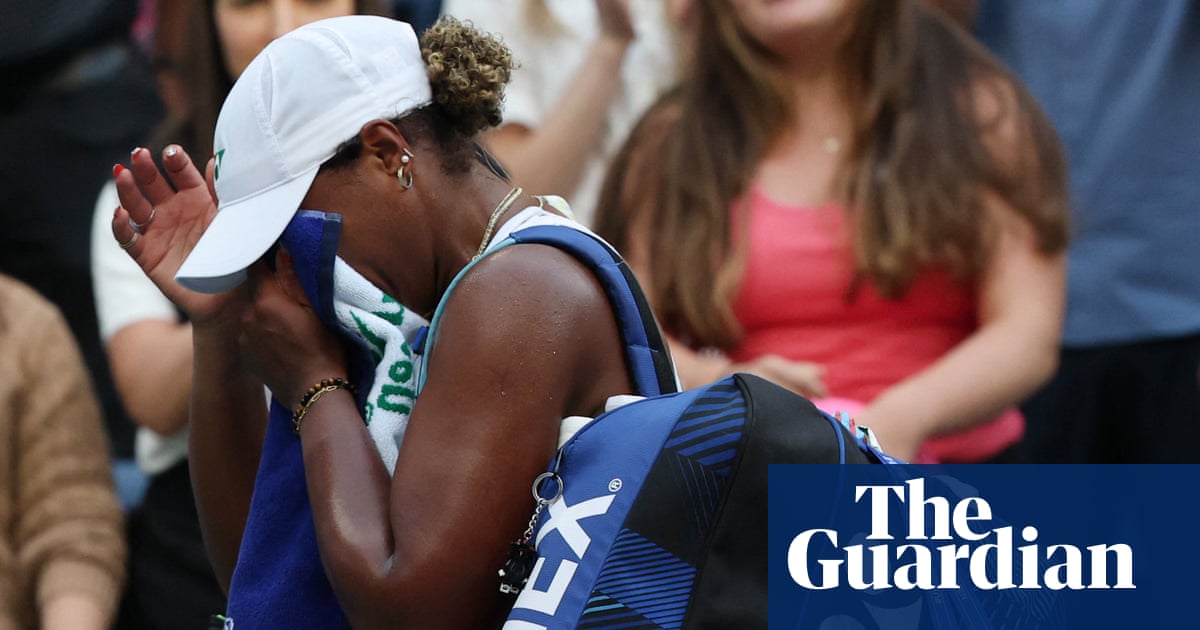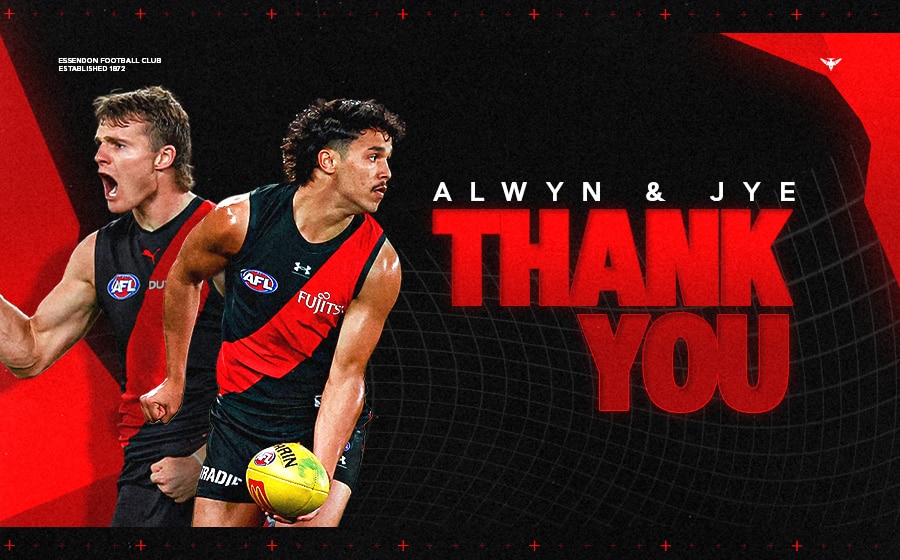Here’s why Canada produces so many super-star athletes

Canadian athletes have been taking centre stage in sports that Canada isn’t traditionally known for, CTV’s Kamil Karamali has more on Canada’s athletic boom.When other countries think of Canadian superstar athletes, hockey is usually what comes to mind. Names like Gretzky, McDavid; Crosby. But the recent rush of Canadians dominating in sports outside of Canada’s comfort zone is fostering a new reputation for the country, with its own household names: Mboko, McIntosh; Gilgeous-Alexander.Burlington, Ont.’s Victoria Mboko stunned the tennis world this week after going into the National Bank Open as a wild card and ultimately taking home the top prize. She beat four former Grand Slam champions en route to hoisting the tournament’s trophy, including Naomi Osaka, in the finals.Meanwhile, Toronto’s Summer McIntosh won four golds and a bronze at the World Aquatics Championships in Singapore that same week, becoming only the second woman in the competition’s history to win five individual medals.Both Canadian triumphs came with days of a hometown rally held for Shai Gilgeous-Alexander in Hamilton, where the basketball star was presented the key to the city after leading the Oklahoma City Thunder to their first NBA Championship. He was named this year’s MVP, both in the regular season and the finals.“The secret that they need for success is actually not that much of a secret; it’s resourcing, it’s support, it’s opportunities,” said Joe Baker, a sports scientist at the University of Toronto, to CTV News via Zoom on Saturday.“Those are the kinds of things the national strategy has provided to those athletes.”Baker says the shift began when Canada launched the ‘Own the Podium’ program ahead of the 2010 Vancouver Winter Olympics. The strategy led to a new generation of athletes with the resources and support to train.“We are seeing the fruits of the efforts and finances and resources put into the system a decade, or even two decades ago, so we have to appreciate the timespan we’re talking about here,” added Baker.He also adds there’s a compounding effect: when young Canadians see a few athletes achieving great heights in sports, it leads to more exposure and confidence, inspiring them to chase those accomplishments as well.Summer McIntosh is a great example, he says.“The number of young people who are watching her at the moment and thinking ‘you know what? I see myself in her; I could do that,’” Baker said. “That spark of motivation that wasn’t there before -- how many futures are we igniting in this moment in time? For me, that’s the really exciting question.”Baker pointed to tennis as one sport where Canada has already seen a snowball effect. Canadian athletes like Milos Ranoic and Eugenie Bouchard have inspired a new generation of Canadians: one that includes breakout champion Victoria Mboko.Federal funding unchanged since 2005: reportCanada’s Olympic and Paralympic committees have maintained the same claim for federal funding since 2005, according to a Deloitte study, though they have been calling on the federal government for a $144 million annual increase in the 2025 budget.The Canadian government says the Sport Support Program provides about $178.8 million to Canadian sports organizations annually, while the Athlete Assistance Program, which provides funding directly to athletes, totals roughly $33 million among approximately 1,900 recipients every year.The 2023-2024 funding numbers show that Swimming Canada received the most that year, with $7,077,135, followed by Athletics Canada ($6,972,469) and the Canadian Amateur Rowing Association ($6,128,485). Canada Basketball was fourth, receiving $5,995,867 that year.Deloitte’s forecast showed that the NSOs could run an aggregate deficit of $329-million over the next five years.









